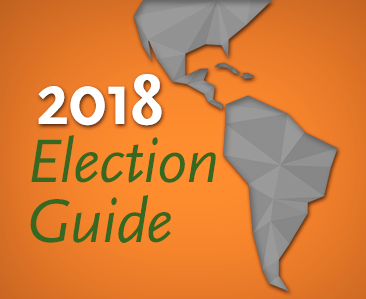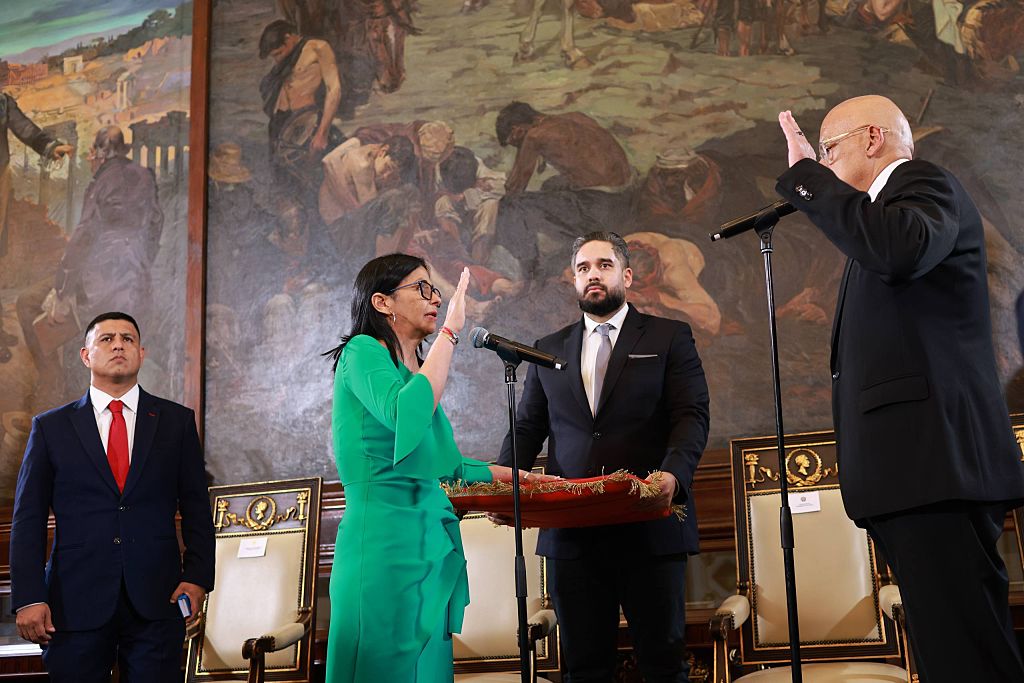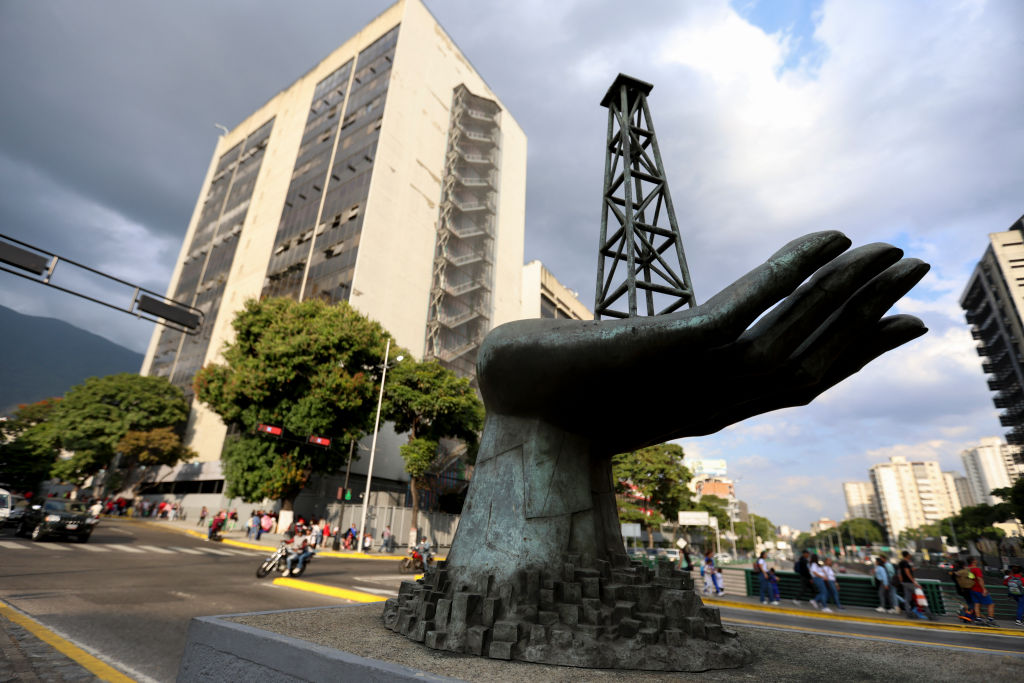Four Charts on Brazil's First-Round Election
Four Charts on Brazil's First-Round Election
We look at the history of presidential runoffs, break down the vote regionally, and map the gubernatorial races still to be decided in October 28 runoffs.
Updated October 17, 2018—If Jair Bolsonaro coming in first in Brazil’s presidential first round is a sign of dissatisfaction with the status quo, voter turnout indicates displeasure with the choices: in the October 7 general elections, turnout hit its lowest level in 20 years.
Bolsonaro, of the Social Liberal Party (PSL), doesn’t represent any of the country’s three big parties. Moreover, congressional elections and gubernatorial races resulted in upsets in parts of the country typically allied to the Workers’ Party (PT) of second-place candidate Fernando Haddad. And after worries that Brazilians would not get fresh faces in the Congress after corruption investigations into 40 percent of legislators, the country reelected the lowest rate of incumbents this century.
Here are four charts on the state of elections and the electorate as the country heads to a final vote.
- Get the background on the vote in our Brazil Election Guide
- Follow the candidates poll numbers in our tracker
- Listen to our LatAm in Focus podcast: Who Will Win Brazil's Nostalgia Vote?
The Presidential Runoff and Turnout
A former military captain, Bolsonaro fell within five points of an outright win on October 7. Since Brazil’s transition to democracy in the 1980s, every presidential candidate who won the first-round vote went on to win the runoff.
The Regional Breakdown
Aside from the northeast—a PT stronghold—Bolsonaro triumphed across the country by a comfortable margin. He also won the federal district and 16 of Brazil's 26 states, while Haddad won in nine and Ciro Gomes, who finished third, took one.
Congress
Prior to the election, Bolsonaro’s PSL held just eight seats* in the Chamber of Deputies and no seats in the Senate. On election day, voters picked 52 PSL politicians as deputies, putting the party second to only the PT at 56. PSL also won four seats in the Senate, where it will trail President Michel Temer’s Brazilian Democratic Movement (MDB), the PT, and the Brazilian Social Democratic Party (PSDB). In total, the Senate will be home to 21 parties, while 30 will hold seats in the Chamber of Deputies.
The election also marked the lowest rate of incumbents elected to either house since the turn of the century. Of the 54 Senate seats up for grabs, 46 (85 percent) are new names. Of the Chamber’s 513 seats, 243 (47 percent) are new legislators while another 19 are former deputies but not incumbents.
Gubernatorial Runoffs
Just as in the presidential election, gubernatorial races in which no candidate won more than 50 percent go on to runoffs October 28. Of the 27 seats, just 13 were decided on October 7, seven of which were won by incumbents. While the PSL is only poised to win the Roraima runoff, leading gubernatorial candidates in several states have expressed support for Bolsonaro, including João Doria in São Paulo, Wilson Witzel in Rio de Janeiro, and Romeu Zema in Minas Gerais, where the PT lost a governorship.









